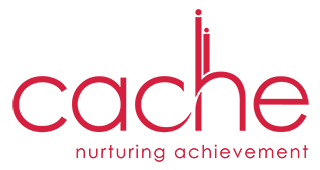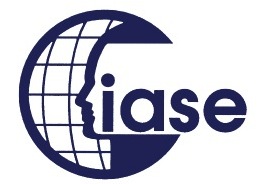The Development of Number Ideas To Aid the Autistic Children
29th October 2018

Children have a basic idea of number long before they come to school. They hear adults and other children use numbers while talking, they themselves use comparisons of big and small, less and little, many and few while talking. On shopping jaunts with their mothers, they see the exchange of money; they watch the measurement of material or the weighing of groceries. This is the beginning of number ideas.
Once the child arrives in school the teacher must add to the fund of knowledge the child already has accumulated. This is done through the Arithmetic laboratory where free activity gives the child the opportunity to pick up a natural attitude to number. Autism training for teachers share that those who lack this experience are considerably hampered later on.
There are two kinds of Number knowledge
- Ideas, and
- Techniques
Ideas can be derived from the free activities and through natural development, but techniques require definite teaching and plenty of practice. Techniques cannot be let to chance as acknowledged in the training courses meant for the teachers.
Why there is a need to teach arithmetic?
First, it is useful in the daily live activities.
Second, it helps to understand the courses of life – time, seasons, industrial activities and more to count.
Third, it aids teachers to develop a healthy attitude to learning. Children get into the habit of thinking, which shape their cognitive capacities. The fact is that they learnt to think and comprehend by themselves and this happens through natural process of acquisition of knowledge.
Fourth, it is vital to learn the important aspects of science in the later stage.
What are the basic principles for teaching arithmetic?
Since the autistic children learn and respond differently, the stimuli should be different such that the techniques used by the teachers need to grab their attention. Naturally driven to the creative spirits of life, global educators or the aspirants can encourage the pupil to relate from their individual understanding, using separate life-experiences or examples.
A teacher you must have a clear understanding of all that you intend to make the young learners learn. It is obvious that you must have an in-depth knowledge and based on that realise you are aware how to plan the lesson, considering the simpler to the complex zones. Planning of each lesson becomes the queue here, as you need to realise the reasons for explaining all the arithmetical steps or progressions. This is particularly relevant as part of the courses ensuring a comprehensive autism training for teachers.
Things that need to be considered –
There are certain rules or norms which are to be followed by using the necessity for rules. This is the first step to maintain discipline and stay organised during the process of learning. It is also noted that this can be tackled in such a way that the child realises the sense of it themselves.
Second crucial thing is the need for practice as already mentioned techniques are vital in the learning and development process. Habits are acquired through repetition. The repetition should be varied and interesting and should be based on an understanding.
Third is the making of sure progress. This is possible only when the teacher has a definite plan in mind. Again, they tend to proceeds in a systematic manner from one particular topic to another, based on the new knowledge learnt or what has gone before.
Fourth is the concept of graded work – this is suitable for the varied ability and should be suitable apparatus for the children. Teachers must be abiding by two of the golden rules – first, proceed from the known to the unknown and second never take anything for granted.








